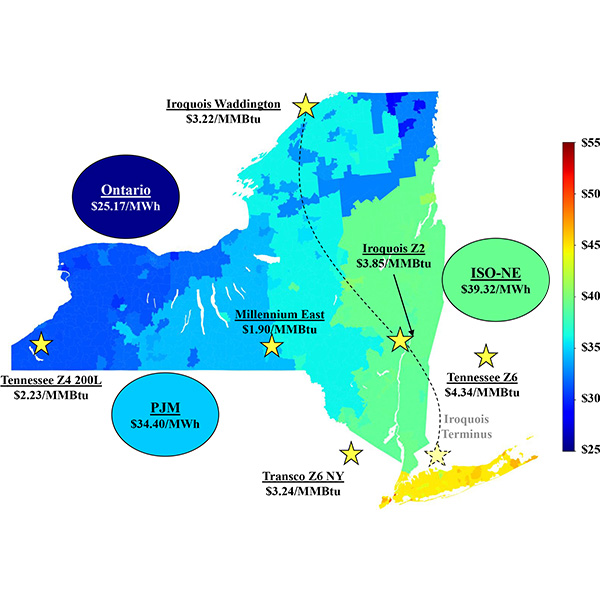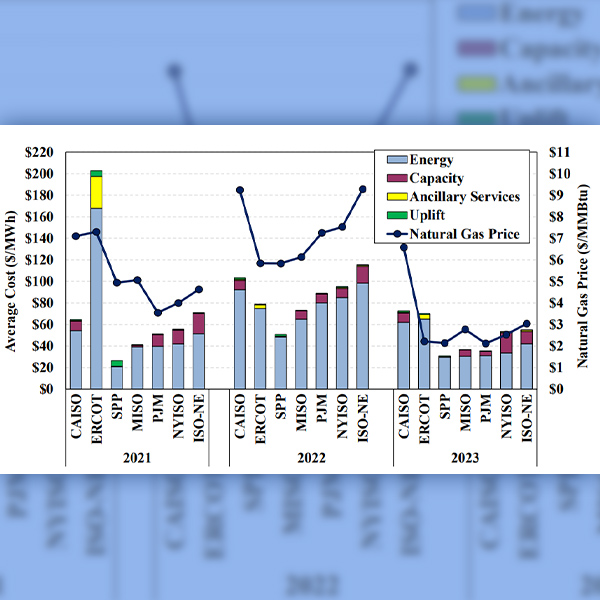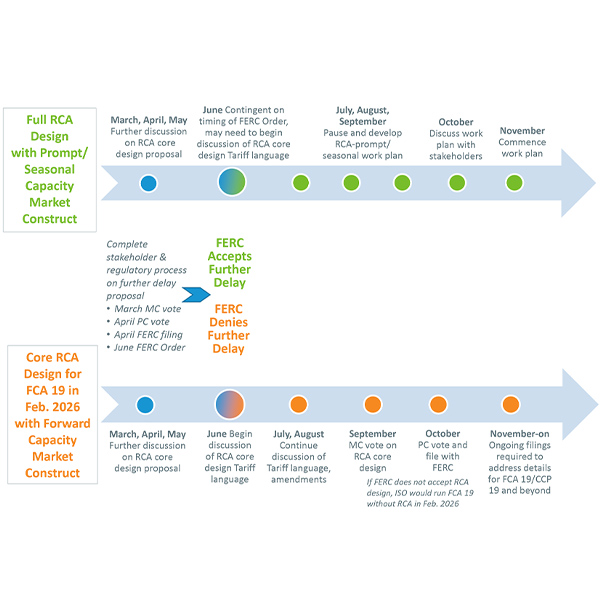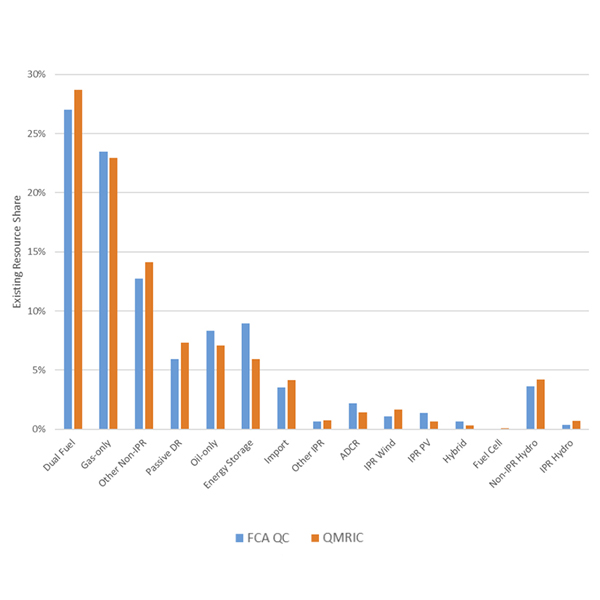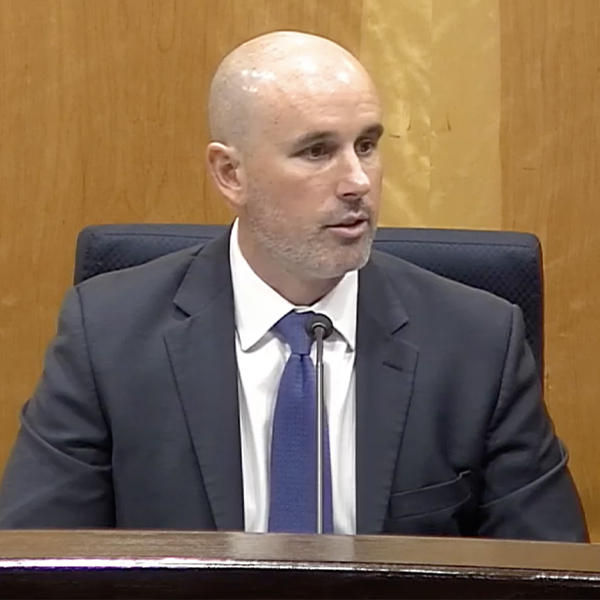Potomac Economics
MISO’s Independent Market Monitor debuted six new market recommendations this year as part of his annual State of the Market report.
New York City saw a 221% increase in capacity costs in the first quarter due to the retirement of 600 MW in peaker plants and the increase of more than 300 MW in the local installed capacity requirement.
NEPOOL held its annual summer Participants Committee meeting in New Hampshire during a multiday stretch of extreme heat and high demand on the New England grid.
The NEPOOL Markets Committee approved an additional two-year delay of ISO-NE’s Forward Capacity Auction 19 to develop and implement a new seasonal capacity auction.
Jeff McDonald, a 22-year market monitoring veteran with ISO-NE and CAISO, has been hired as director of ERCOT’s Independent Market Monitor.
The Gulf Coast Power Association's 10th annual MISO-SPP Forum centered its focus on the energy transition before a record crowd in New Orleans.
ISO-NE presented the NEPOOL Markets Committee with the initial results of the RTO’s Resource Capacity Accreditation.
Texas regulators have marked the closure of the first phase of their blueprint for reliability reforms to the ERCOT grid, cautioning that it’s only a first step.
Texas Gov. Greg Abbott has appointed Thomas Gleeson, the Public Utility Commission’s executive director and a 15-year staffer, to chair the PUC.
MISO dodged the need for emergency procedures during a mid-January cold blast that brought consecutive days of subzero temperatures to the Midwest.
Want more? Advanced Search

